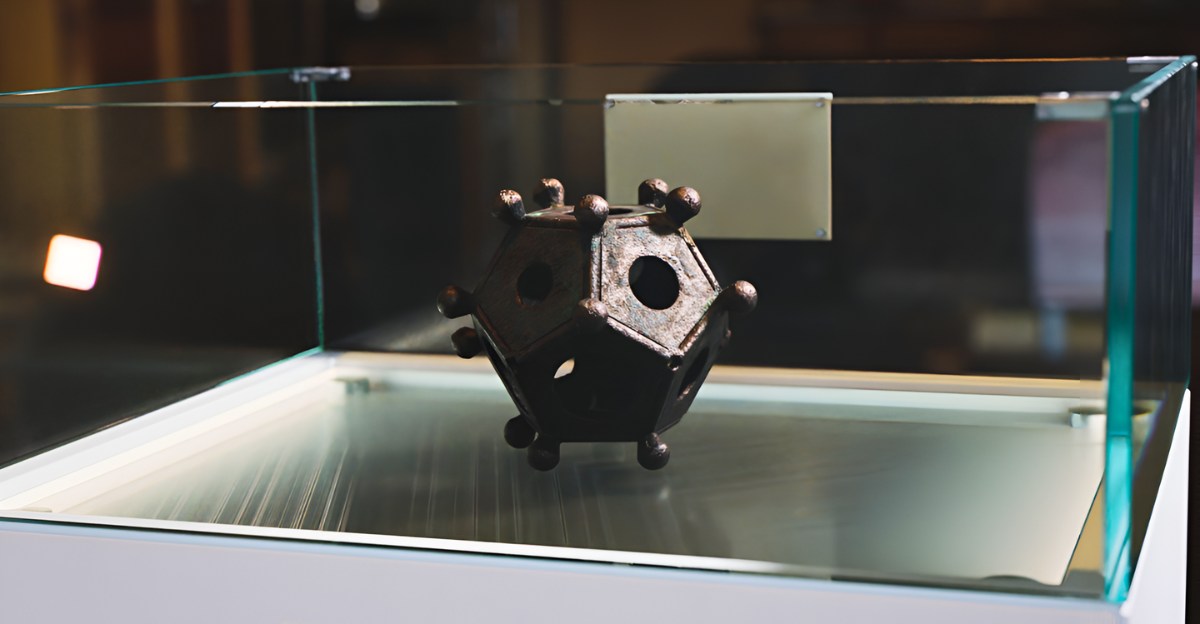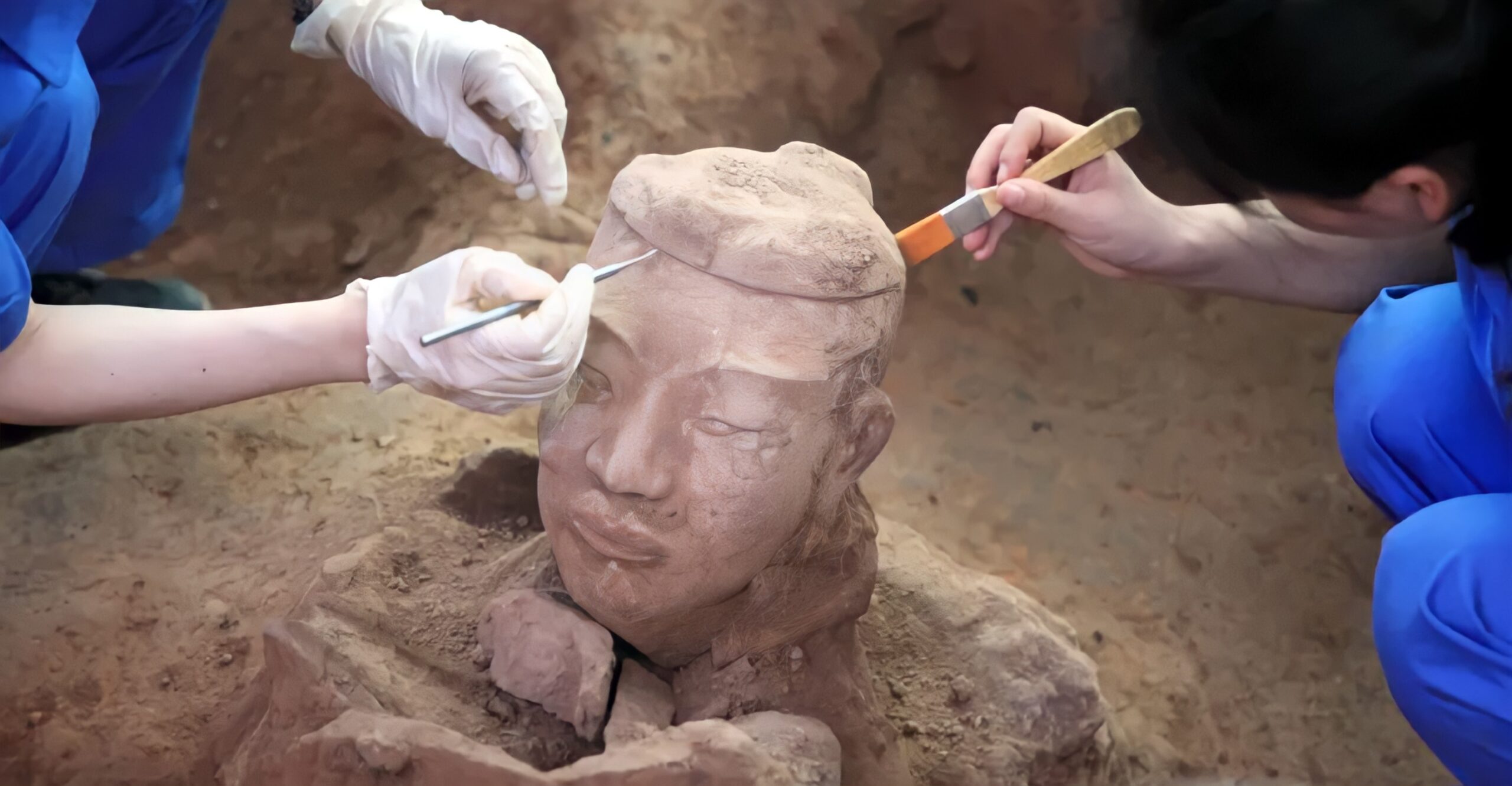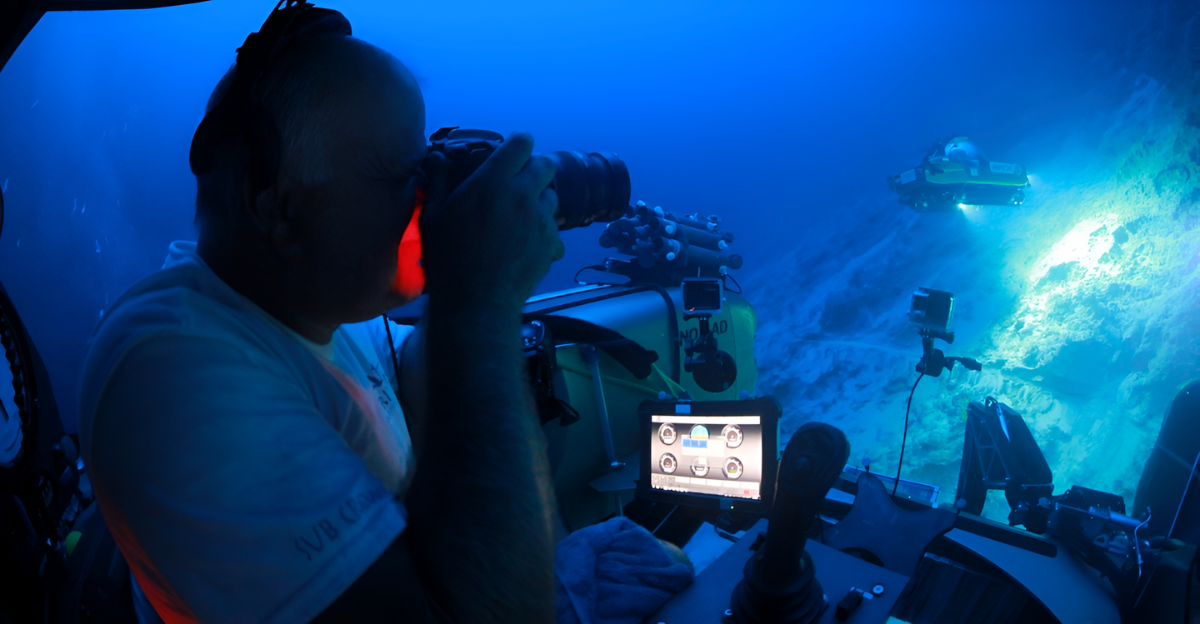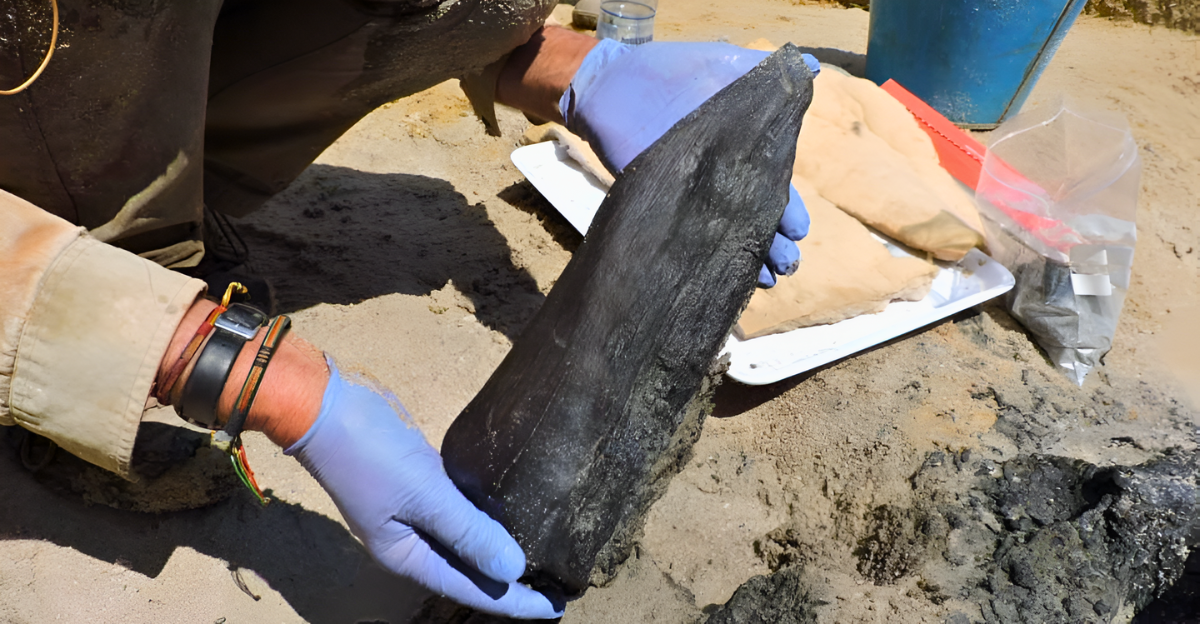
In 2015, heavy rains tore through Tanzania’s Olduvai Gorge, peeling away layers of ancient sediment. What emerged was more than just fossilized bone – it was evidence of a forgotten innovation. Archaeologists noticed large bone fragments with strange, deliberate marks. They weren’t from predators or natural wear, but from purposeful shaping.
Over the following years, 27 of these objects were recovered. At 1.5 million years old, they predated previous records of systematic bone toolmaking by over a million years, forcing scientists to reconsider what early humans were capable of, and when those abilities first appeared.
A Toolkit Beyond Stone

Stone tools have long dominated early human history, but this discovery revealed something unexpected: bone had been intentionally crafted into tools far earlier than anyone imagined. These were not crude improvisations. Paleontologist Manuel Domínguez-Rodrigo described them as purpose-built implements, echoing the stone knapping techniques.
Their age suggests that early humans were already experimenting with multiple materials, demonstrating flexibility and creativity once thought to belong to much later periods.
Giants as Raw Material
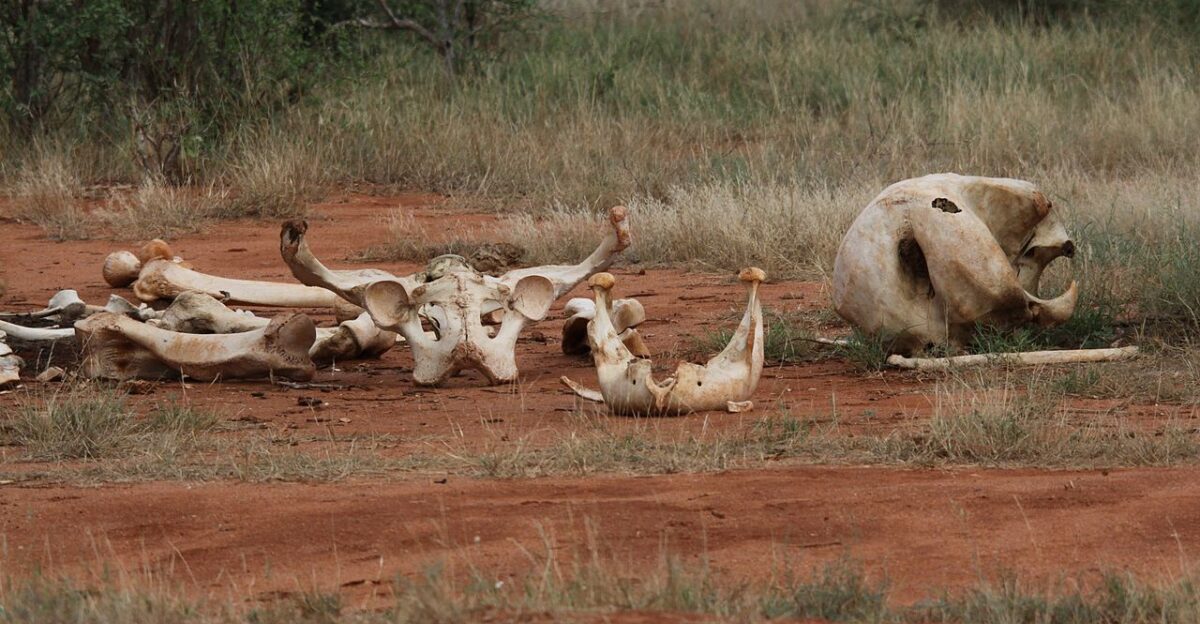
Most tools came from the dense limb bones of elephants and hippos, animals that towered over early humans. These bones were not chosen by chance, measuring up to 40 centimeters and weighing over a kilogram. Archaeologist Michael Pante noted that their durability made them ideal for heavy work.
The selection implies a deep understanding of raw materials, showing that early humans knew which parts of an animal offered the strength needed for serious tasks.
Signs of Skilled Hands

Microscopic examination revealed flake scars identical to those found on stone tools. Edges were sharpened, surfaces shaped, and points refined. This wasn’t accidental damage … it was craftsmanship. Domínguez-Rodrigo explained that the shaping process mirrored stone knapping but was adapted for bone’s unique properties.
This precision suggests that whoever made them had mastered their craft and understood how to manipulate different materials for specific purposes.
A Mental Leap Forward
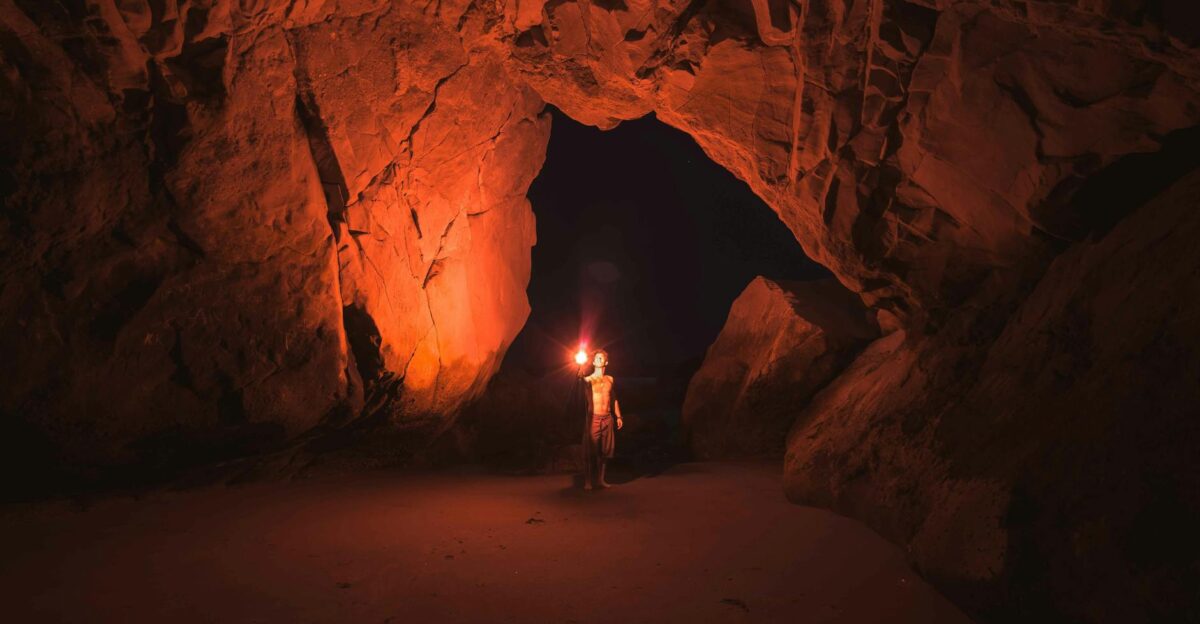
Pante called the find evidence of a mental shift, where early humans applied familiar stoneworking methods to a completely different material. This leap hints at abstract thinking, the ability to take a known process and adapt it creatively.
It suggests early humans weren’t just reacting to their environment, but actively experimenting, testing possibilities, and expanding their toolkit in ways that foreshadowed later technological breakthroughs.
Between Two Eras
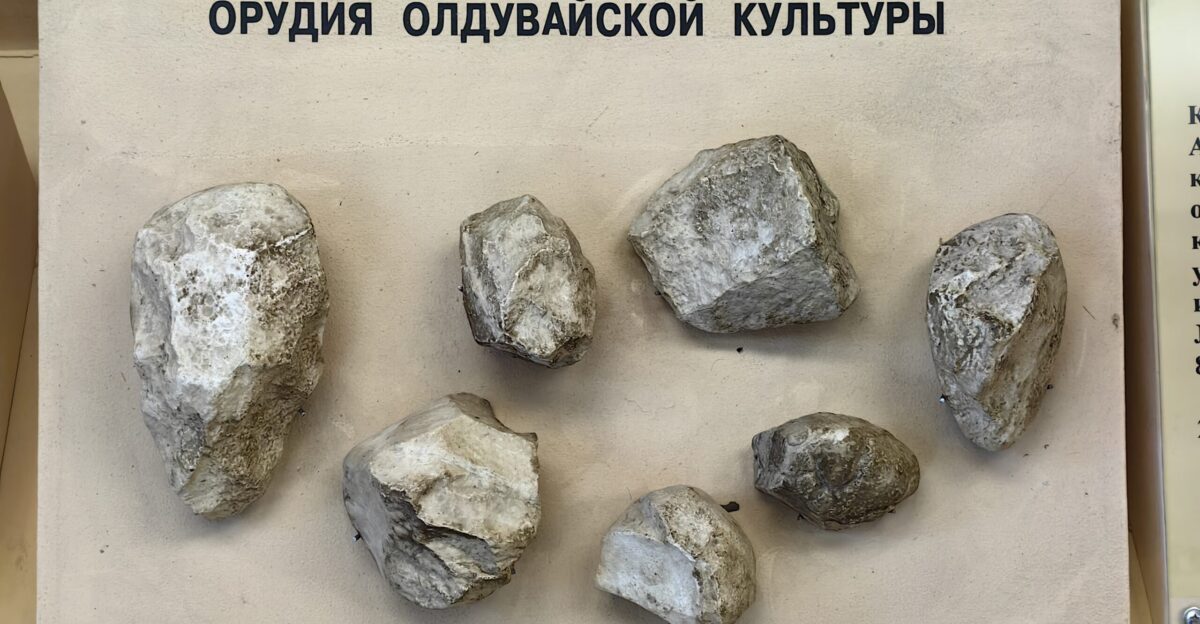
The tools emerged during a critical transition in prehistory, between the Oldowan culture of simple flakes and the Acheulean era known for refined hand axes. Bone tools were not replacements for stone, but an expansion of options.
Domínguez-Rodrigo believes they played a role in bridging these two traditions, offering a glimpse into how technology evolved step by step rather than in sudden leaps.
Tools on the Move
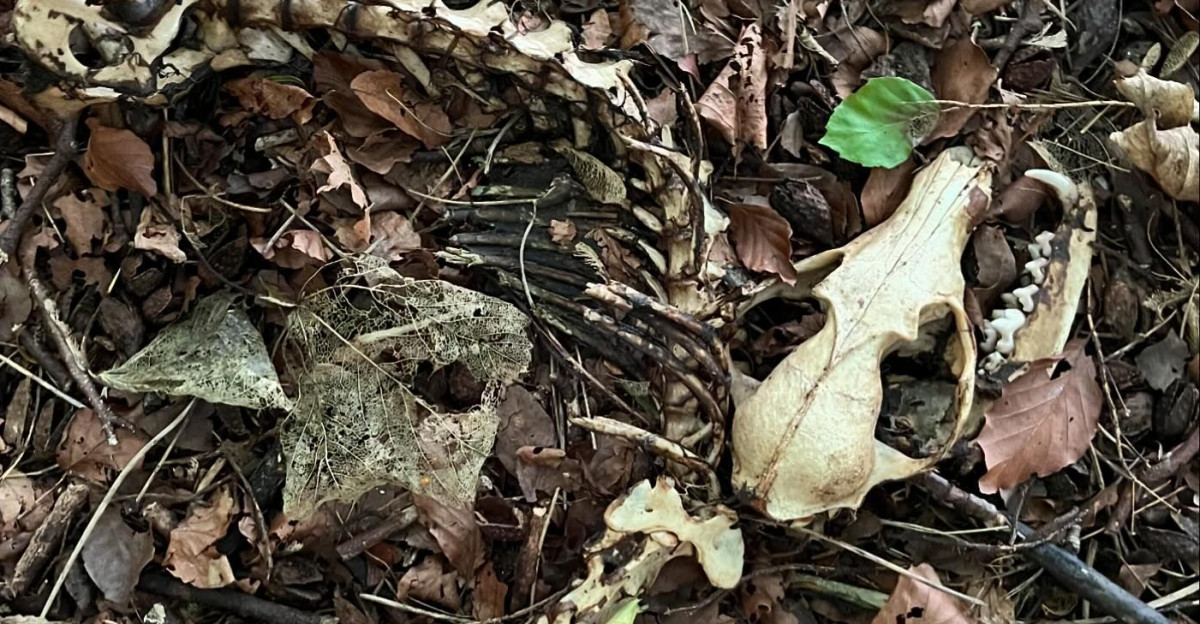
Some bones were found far from where the animals likely died, suggesting they were carried to the site. This means their makers planned ahead, selecting and transporting raw materials for future use.
Such behavior requires foresight, memory, and the ability to anticipate needs, traits that edge closer to the cognitive skills of modern humans than previously thought possible for this time period.
Who Were the Makers?

No hominin fossils were found alongside the tools, leaving the identity of their makers a mystery. Paleoanthropologist Jackson Njau points to two likely candidates: Homo erectus, adaptable and skilled, or Paranthropus boisei, known for its robust build and powerful jaw. Both lived in East Africa around 1.5 million years ago.
The tools may hold subtle clues that could eventually point to which of these ancient species wielded them.
Rewriting the Timeline

Before this discovery, archaeologists believed standardized bone toolmaking began between 250,000 and 500,000 years ago. Olduvai’s bone implements push that origin back over a million years. As Pante noted, the find forces a radical reconsideration of early human cognitive evolution, showing that innovation came far earlier, and perhaps more often than the archaeological record had previously revealed.
Why Choose Bone?
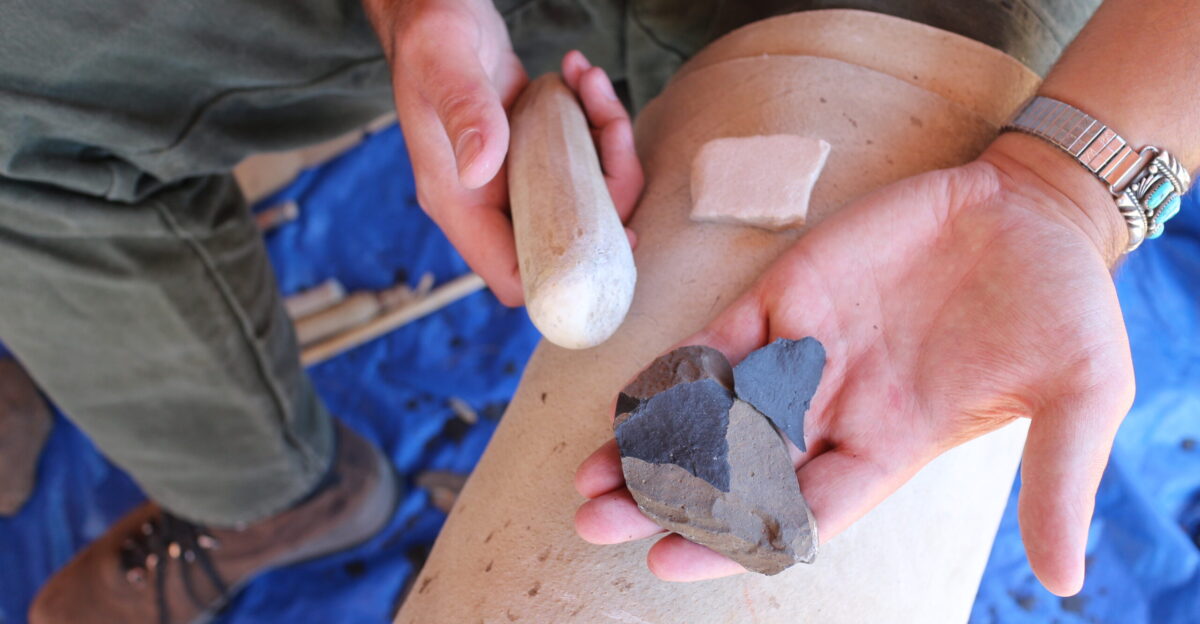
Why turn to bone when stone was abundant in the region? One possibility is that bone offered a lighter, more versatile alternative for specific tasks. Another is experimentation, testing whether familiar techniques could be applied to new materials.
The choice hints at curiosity, problem-solving, and an openness to expanding the boundaries of what a tool could be.
Clues in the Craft
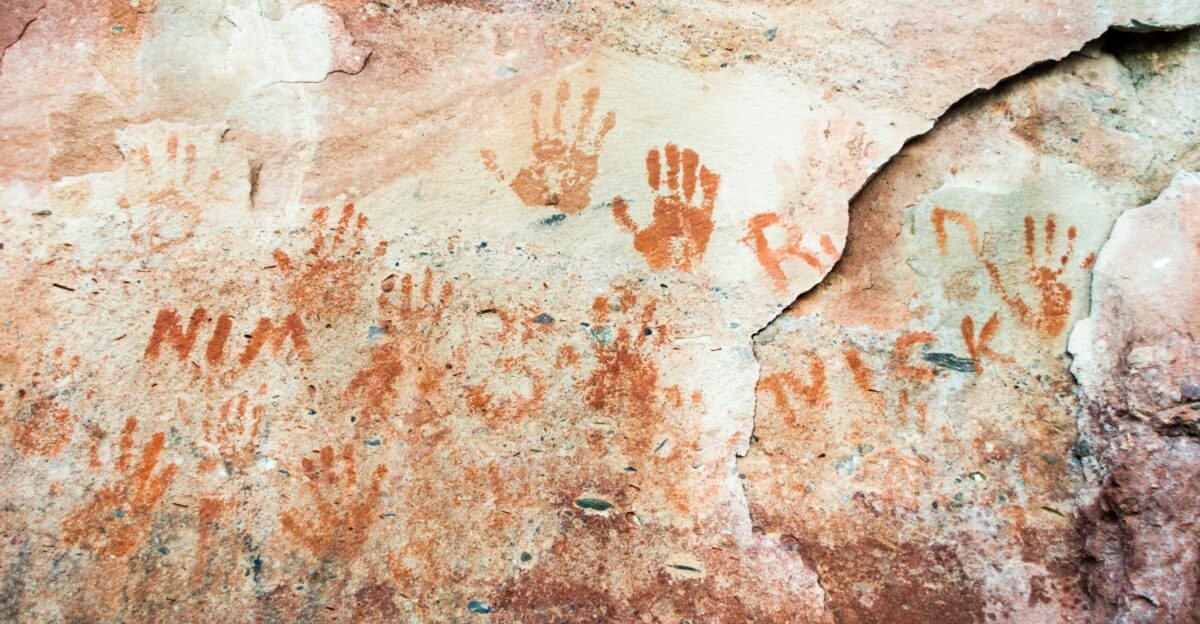
The similarity in shaping across multiple tools suggests shared knowledge, possibly taught or observed within a community. Domínguez-Rodrigo notes that this level of standardization implies communication and the passing of skills between individuals.
This, in turn, opens questions about how early humans taught each other, how they decided which techniques to keep, and whether such innovations spread between different groups.
A Harsh, Dangerous World

Around 1.5 million years ago, Olduvai Gorge was a challenging place – grasslands teeming with predators like sabertooths, crocodiles, and giant hyenas. A sturdy, multipurpose tool could have been a lifeline in such an environment.
Bone implements might have been used for processing meat, scraping hides, digging for roots, or cracking open bones for nutrient-rich marrow. Their versatility would have been crucial to survival in such an unpredictable landscape.
Beyond the Hunt

While many tools may have been used for butchery, some shapes hint at other uses like digging sticks, woodworking implements, or even tools for shaping other tools. If confirmed, this would place these bone artifacts among the earliest known examples of specialized equipment.
It would also suggest that early humans understood the value of creating tools for immediate survival and broader, long-term purposes.
Hidden in Plain Sight

Domínguez-Rodrigo believes the Olduvai discovery might prompt archaeologists to revisit older collections. Some bone tools could have been overlooked and misclassified as animal remains rather than human-made implements.
If similar finds are identified in museum drawers, the story of early human innovation could expand dramatically, revealing that this was not an isolated moment but part of a wider, forgotten tradition.
The Olduvai Enigma
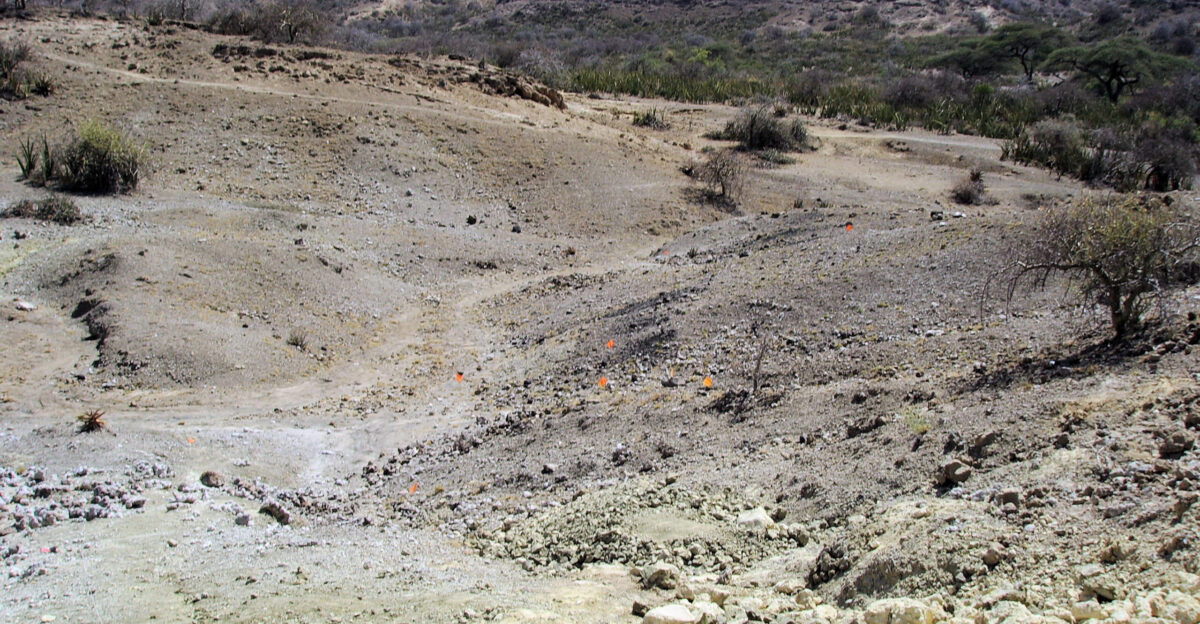
The Olduvai bone tools are more than artifacts, they are a message from a time when humans were still learning what was possible. A group of ancient toolmakers picked up the bones of the largest animals in their world and transformed them into something new.
The question is not just why they did it, but what else remains hidden beneath the Rift Valley’s shifting sands, waiting to rewrite history again.

